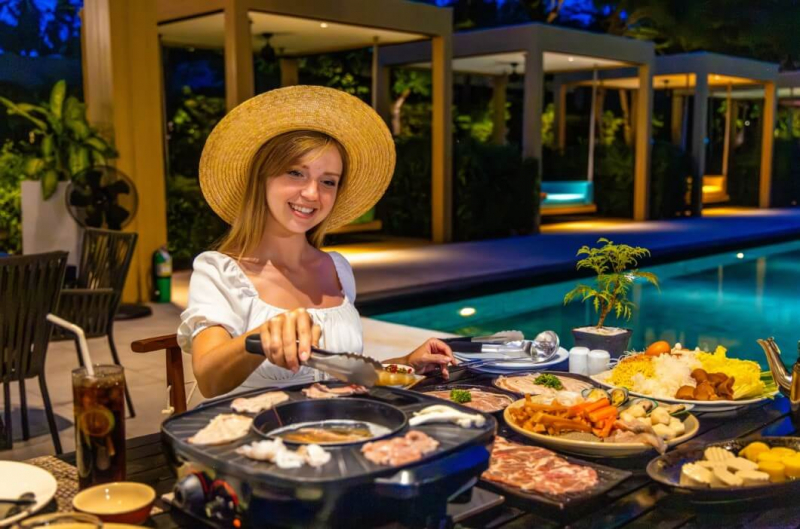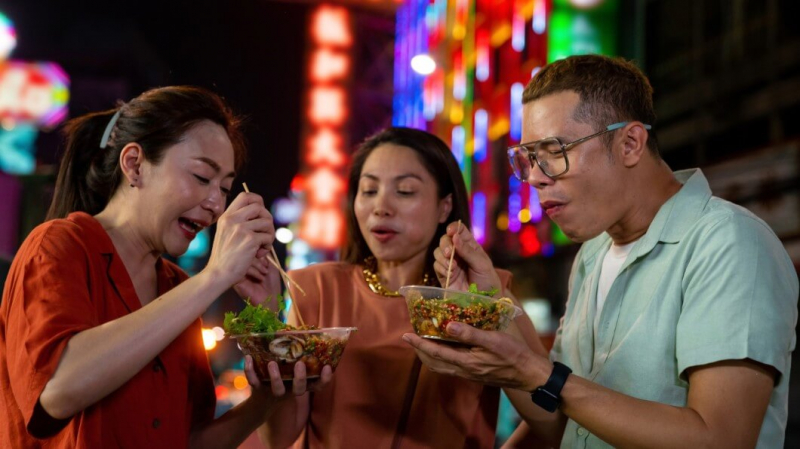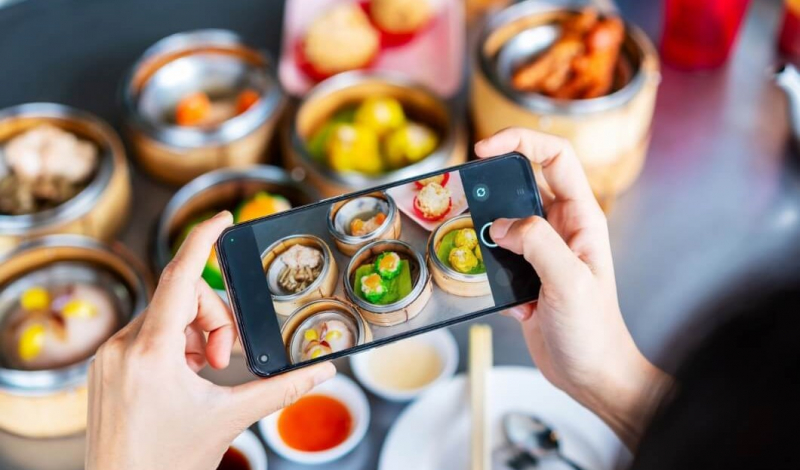Today’s wanderlust often starts with a screen tap, transforming food tours from hidden gems into booming businesses. Born as a unique American idea in the late 90s, they’ve exploded into a global industry worth billions, mixing cultural exploration with Instagrammable eats. Now, travelers often follow flavors instead of landmarks, leading to guided food adventures everywhere – imagine Dubai’s fragrant spice markets or Hanoi’s lively street food stalls. Yet, amid this excitement, a critical question lingers: Are we experiencing true authenticity, or just letting others decide what we should taste?
The Rise of Food Tours
Culinary tours didn’t just appear overnight. They emerged in the U.S. around the year 2000, offering a guided experience through diverse neighborhoods and lesser-known restaurants. By the early 2000s, this idea had spread to Europe, where people embraced experiential eating. The concept quickly adapted to local cultures. Take Dubai, for instance: In 2013, two sisters started the first tour of its kind in the Gulf, revealing authentic Emirati home cooking away from the city’s luxurious hotels.
In Asia, night tours became popular. Bangkok’s bustling night markets and Hanoi’s vibrant pho streets turned into after-dark adventures, where guides help visitors navigate the chaos. By 2025, you could find food tours almost anywhere – Toronto’s multicultural markets, Tokyo’s ramen districts, even remote markets in the Andes. What they all have in common is easy discovery: No more endless online reviews; a simple booking gets you a curated tour, typically costing between €60 and €150.
This convenient appeal has significantly boosted the industry’s growth. Online platforms, often integrated into airline apps or hotel booking systems, have made these tours accessible to travelers worldwide. “It’s made finding hidden culinary treasures much easier,” according to a tour operator in Berlin. However, some worry that this is less about authentic discovery and more about letting someone else plan your meal.

When Tastes Turn to Overtourism
The experience isn’t always perfect. As food tourism becomes more popular, its negative effects become more apparent. Barcelona’s famous Mercat de la Boqueria, known for its variety of meats and seafood, limited tourist groups in 2015 to protect its authenticity for local residents. This highlighted a growing problem: In popular destinations with millions of visitors each year, large tour groups can create overcrowding and higher prices, turning authentic neighborhoods into tourist attractions.
Despite these issues, the appeal remains strong. A recent study by Hilton shows that one in five travelers now prioritizes food-related experiences, driving significant growth in the market over the last decade. Tour operators are focusing on premium experiences, such as eco-friendly farm tours in Tuscany and virtual reality previews of Peruvian ceviche tours. While appealing to the senses, sustainability needs to be a priority alongside the food itself.
Berlin’s Eating with Intention
Consider Itay Novik, a chef, author, and guide from Tel Aviv who runs Elements Of Food in Berlin and Milan. In a recent conversation, Novik, whose tours attract food lovers from around the world, explained that the trend is rooted in a cultural desire for self-expression through food. “For more than ten years, food has served as a canvas for self-expression, much like art during the Renaissance,” he suggested. “It’s not just about eating; it’s about expanding your perspective.”
Click here to preview your posts with PRO themes ››
Novik’s philosophy goes beyond just counting calories. He avoids tourist hotspots, preferring to highlight family-owned businesses with rich stories. “Every meal has significance,” he emphasized. “I want my guests to consider their choices, from the farmers providing the cheese to the immigrants influencing the menu.” In Berlin, a city known more for its techno music than its food, he emphasizes its diverse culinary scene. His “Red Sauce & Shashlik” tour explores food from East Germany through Soviet, Vietnamese, and Cuban influences, while tours in Kreuzberg celebrate the flavors of Arabic, Turkish, and Italian cuisine. Gelato, with its subtle flavors, serves as a culinary homage to the diverse cultures woven into the district’s fabric.
Novik isn’t a fan. As he puts it, they “take substantial commissions and weaken the direct relationship.” He’d much rather have guests book directly with him. “It feels more intimate, almost like sharing a cherished family recipe.” This philosophy clearly works, as returning guests often mention those unexpected “aha” moments. A simple simit, for example, can lead to discussions about migration and personal history.

When Food Tours Go Lavish
At the higher end, food tourism ventures into realms of significant expense. Modern Adventure Trips, based in the U.S., typifies this move upscale, organizing lavish, globe-spanning culinary experiences that would make any sommelier envious. Imagine a week in Piedmont, Italy, with three-Michelin-starred chef David Kinch (expect truffles, Barolo, and hikes), for a cool $9,900. Or, perhaps, a trip to Vietnam with TV chef Andrew Zimmern for $15,000, including both street food and cooking classes.
These are more than just tours; they offer transformative experiences. They mix celebrity appeal with deep, local insights. While climate issues grow, these companies emphasize things like carbon offsetting and giving back to local communities. This shows that luxury can indeed play a role in supporting cultural heritage.
The Future of Food Tours
Looking ahead to 2025, food tours face an interesting choice: will they be a genuine means of understanding and awareness, or will they simply offer a superficial gloss over real-world inequalities? Novik offers a succinct perspective: “Explore with your taste buds, but always consider your conscience.” With regulations regarding overtourism becoming stricter, and a greater focus on environmental accountability, the industry is perfectly positioned for a new approach—perhaps AI-driven, personalized itineraries that minimize crowds, or tours that actively support conservation.
For those who are new to food tours, the advice is straightforward: Get involved, but stay informed. Whether bargaining at a street food stall in Hanoi or enjoying Novik’s Berlin brisket, the most memorable journeys go beyond just what you consume; they reveal something profound. Bon appétit to all. The world is ready for you.


